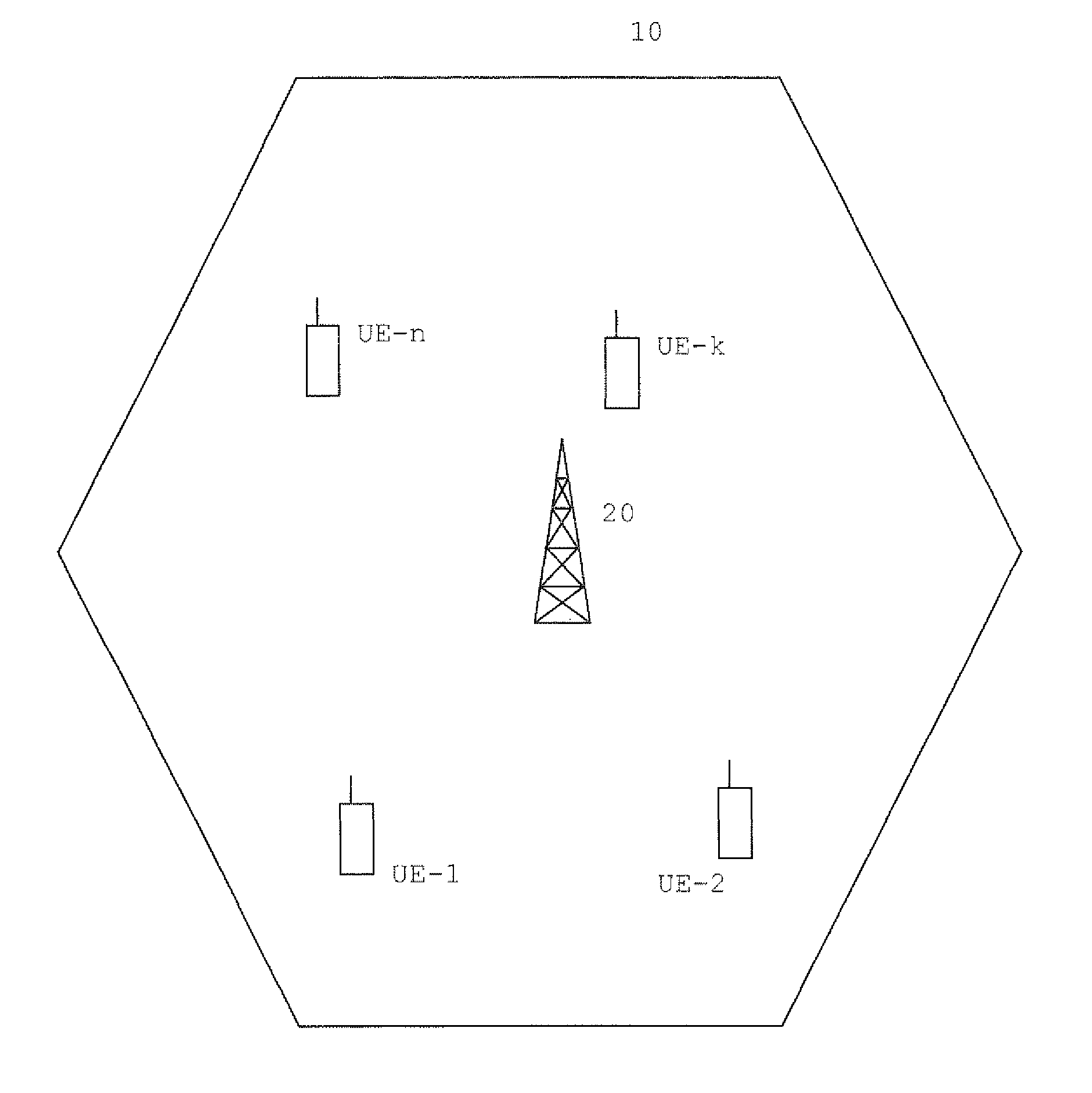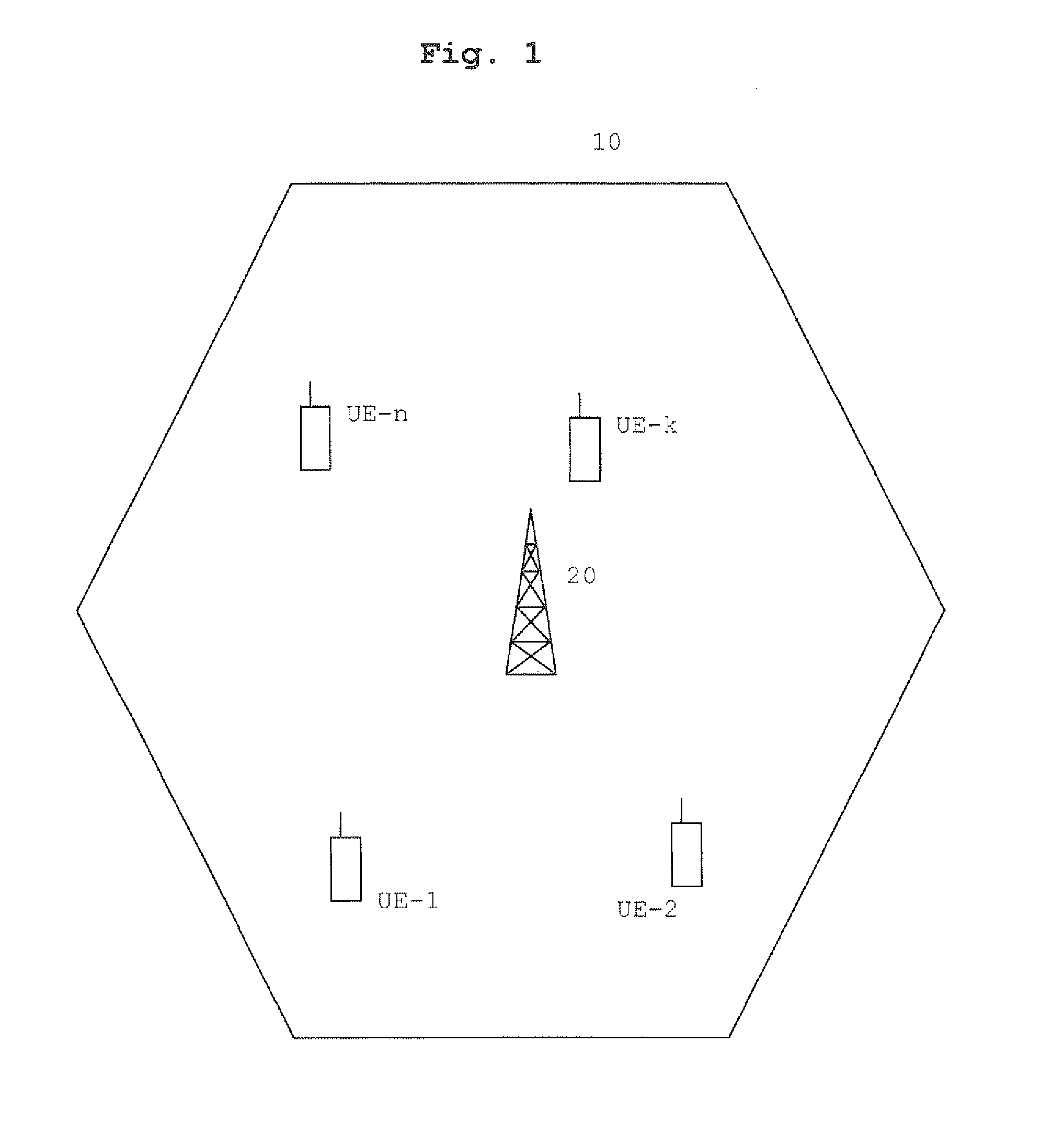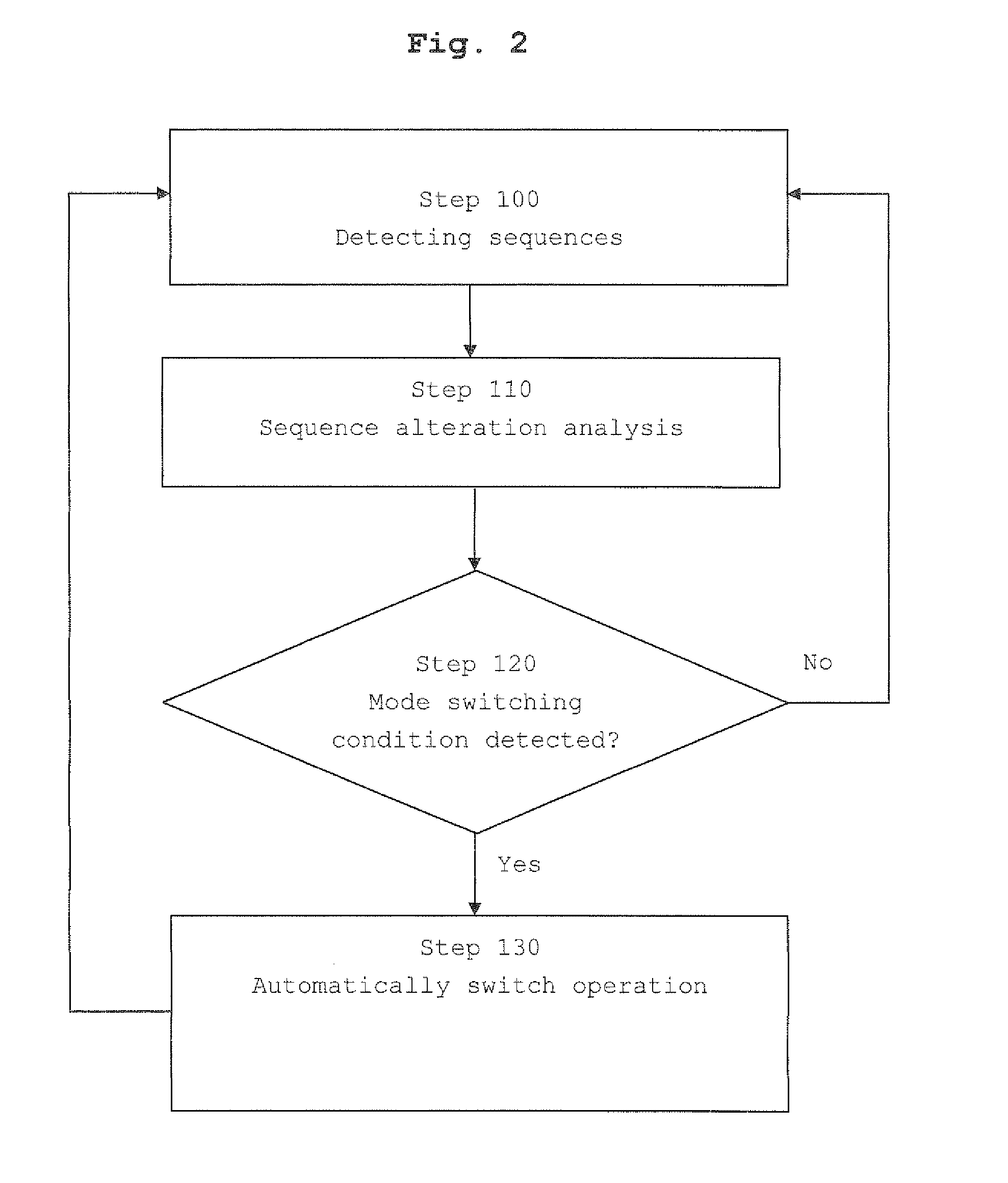Random Access Mode Control Method and Entity
a random access and control method technology, applied in the field of communication, can solve the problems of small and less widely applicable, serious problems such as the inability to permanently solve the problem of sequence alteration during random access, and the inability to manage the sequence set. , to achieve the effect of flexible sequence set management and better utilization of cell resources and cell siz
- Summary
- Abstract
- Description
- Claims
- Application Information
AI Technical Summary
Benefits of technology
Problems solved by technology
Method used
Image
Examples
Embodiment Construction
[0042]Examples of the present invention will now be described in order to provide a better understanding of the inventive concepts. These examples are all only illustrative but not restrictive. For example, reference will be made to the concepts of preambles and restricted sets as described e.g. in standard 3GPP TS 36.211, to which the inventive concepts can be advantageously applied, but the invention is by no means restricted thereto, as it can be applied in the context of any communication system in which different sets of random access identification sequences are used to counteract effects of sequence alteration. Furthermore, the following examples will typically refer to frequency offset (e.g. due to Doppler shifts) as the cause of the sequence alteration, but the concepts of the invention can be applied to situations in which sequence alterations during transmission are caused by other effects.
[0043]In a cell 10 of a typical wireless communications network as the one depicted...
PUM
 Login to View More
Login to View More Abstract
Description
Claims
Application Information
 Login to View More
Login to View More - R&D
- Intellectual Property
- Life Sciences
- Materials
- Tech Scout
- Unparalleled Data Quality
- Higher Quality Content
- 60% Fewer Hallucinations
Browse by: Latest US Patents, China's latest patents, Technical Efficacy Thesaurus, Application Domain, Technology Topic, Popular Technical Reports.
© 2025 PatSnap. All rights reserved.Legal|Privacy policy|Modern Slavery Act Transparency Statement|Sitemap|About US| Contact US: help@patsnap.com



